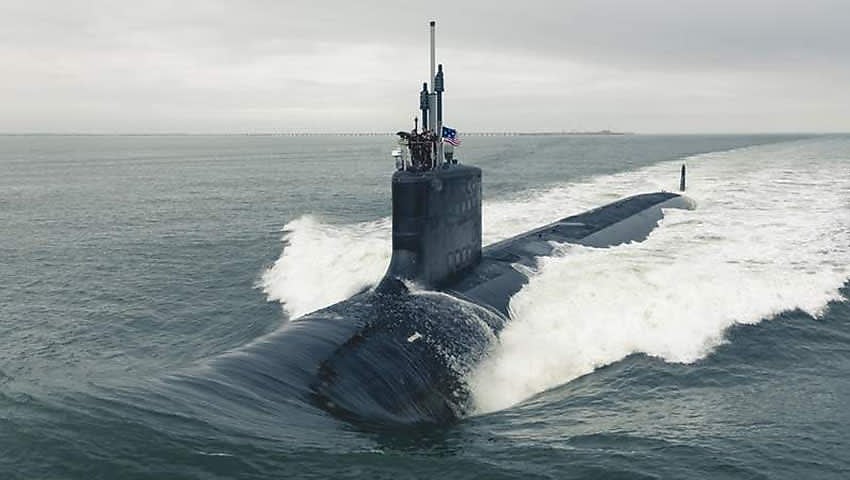The United States’ Department of Defense has raised the alarm on how acute workforce shortages will impact the nation’s shipbuilding base and ability to project power across the globe.
Declining workforce readiness will impact the US’ industrial capacity to produce big ticket defence items and diminish its ability to compete on a global scale, according to the Pentagon’s recently released National Defense Industrial Strategy (NDIS).
In particular, the report highlighted that the US submarine industrial base will need to hire an additional 100,000 trained workers and 17,000 supply chain workers over the coming decade, despite the US Navy finishing with 1,200 workers behind across its public shipyards at the end of FY2022.
The concerns follow revelations from the Congressional Research Service that the number of idle SSNs had increased from 22 per cent in FY08 through to 37 per cent due to workforce and facility constraints.
To overcome the labour shortages, the US Department of Defense outlined that it aims to leverage “diversity and inclusion efforts” to bolster its workforce.
“Lack of diversity indicates that companies may not be targeting diverse groups for employment, which in turn limits the available pool of talent from which the industrial base can draw,” the NDIS detailed.
“Lack of diversity leads to a lack of new ideas and innovation. Diversity, equity, and inclusion (DEI) is important to ensure that we have an industrial base that reflects the nation itself.”
Despite the efforts, the Department of Defense suggested that the shortages will likely continue, with the strategy illustrating that younger Americans are simply less interested in pursuing a career in industry.
“Labour continues to be a major challenge for industry as Baby Boomers retire and younger generations generally show less interest in pursuing manufacturing careers or lack the science, technology, engineering, and math (STEM) skills needed for industrial work,” the NDIS wrote.
“The labour market lacks sufficient workers with the right skills to meet domestic production and sustainment demand. This directly affects military readiness.”
The NDIS further cast doubt on the durability of the AUKUS security partnership.
Though it was formed to bolster the security of all three partner nations, the NDIS raised concerns that AUKUS Pillar I will create additional constraints for the US industrial base, as both the United Kingdom and Australia were in the midst of their own respective workforce constraints.
The findings reflected concerns in Australia’s Defence Strategic Review, noting that ongoing labour shortages will risk Australia’s naval readiness.
“Navy faces the most significant workforce challenges of the three services. Assuring an adequate workforce to sustainably meet enterprise priorities and transformation, government-directed tasking, readiness for future contingencies, and transitioning new and technologically advanced capabilities into service is Navy’s biggest challenge,” the DSR read.
Get involved with the discussion and let us know your thoughts on Australia’s future role and position in the Indo-Pacific region and what you would like to see from Australia’s political leaders in terms of partisan and bipartisan agenda setting in the comments section below, or get in touch at



